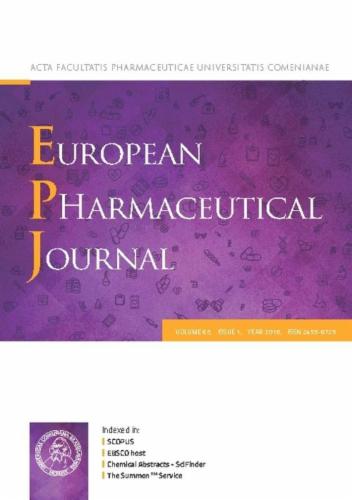皮内与皮下免疫:脂质- plga杂交纳米颗粒结核疫苗给药途径的影响
IF 4.3
3区 医学
Q1 PHARMACOLOGY & PHARMACY
引用次数: 0
摘要
结核病仍然是一项重大的全球卫生挑战,潜在地影响着全球约四分之一的人口。唯一获得许可的结核病疫苗,牛分枝杆菌卡介苗(BCG),显示出不同的疗效,特别是在青少年和成人中,这强调了迫切需要更有效的疫苗接种战略。给药途径对疫苗效力至关重要,通过富含免疫细胞的皮肤给药,可能比传统的皮下给药途径更具优势,因为皮下给药途径无法直接接触到大量的抗原呈递细胞。本研究比较了在小鼠体内皮内注射和皮下注射一种提供Ag85B-ESAT6-Rv2034 (AER)多相融合重组蛋白(脂质-聚(D, l -乳酸-羟基乙酸)(脂质- plga)纳米颗粒的候选结核疫苗的免疫原性效果。利用27个标记物光谱流式细胞术对脾细胞的免疫反应进行了深入评估。这两种途径都引起了显著的t细胞反应。然而,皮内给药可惟一增加产生IL-2、IFNγ和TNFα的多功能CD4+和CD8+ t细胞,这与预防结核病有关。此外,它显著增加CD69+ b细胞计数,诱导更高的aer特异性抗体滴度,特别是IgG2a。这些结果强调了皮内接种疫苗通过有效诱导与结核病保护相关的免疫细胞而具有优越的免疫原性潜力,突出了其在开发新疫苗策略中的重要性。本文章由计算机程序翻译,如有差异,请以英文原文为准。

Intradermal versus subcutaneous immunization: Effects of administration route using a lipid-PLGA hybrid nanoparticle tuberculosis vaccine
Tuberculosis (TB) remains a significant global health challenge, latently affecting around a quarter of the global population. The sole licensed TB vaccine, Mycobacterium bovis Bacillus Calmette-Guérin (BCG), shows variable efficacy, particularly among adolescents and adults, underscoring the pressing need for more effective vaccination strategies. The administration route is crucial for vaccine efficacy, and administration via the skin, being rich in immune cells, may offer advantages over conventional subcutaneous routes, which lack direct access to abundant antigen-presenting cells.
This study compared the immunogenic effects of intradermal versus subcutaneous administration of a candidate TB vaccine delivering a Ag85B-ESAT6-Rv2034 (AER) multiphase fusion recombinant protein, in lipid-poly(D,L-lactic-co-glycolic acid) (lipid-PLGA) nanoparticles in mice. In-depth evaluation of immune responses in splenocytes was performed using 27-marker spectral flow cytometry. Both routes elicited significant T-cell responses. However, intradermal administration uniquely increased polyfunctional CD4+ and CD8+ T-cells producing IL-2, IFNγ, and TNFα, associated with protection against TB. Additionally, it significantly increased CD69+ B-cell counts and induced higher AER-specific antibody titers, particularly IgG2a. These results underscore the superior immunogenic potential of intradermal vaccine administration by effectively inducing immune cells associated with TB protection, highlighting its significance in the development of new vaccine strategies.
求助全文
通过发布文献求助,成功后即可免费获取论文全文。
去求助
来源期刊
CiteScore
9.60
自引率
2.20%
发文量
248
审稿时长
50 days
期刊介绍:
The journal publishes research articles, review articles and scientific commentaries on all aspects of the pharmaceutical sciences with emphasis on conceptual novelty and scientific quality. The Editors welcome articles in this multidisciplinary field, with a focus on topics relevant for drug discovery and development.
More specifically, the Journal publishes reports on medicinal chemistry, pharmacology, drug absorption and metabolism, pharmacokinetics and pharmacodynamics, pharmaceutical and biomedical analysis, drug delivery (including gene delivery), drug targeting, pharmaceutical technology, pharmaceutical biotechnology and clinical drug evaluation. The journal will typically not give priority to manuscripts focusing primarily on organic synthesis, natural products, adaptation of analytical approaches, or discussions pertaining to drug policy making.
Scientific commentaries and review articles are generally by invitation only or by consent of the Editors. Proceedings of scientific meetings may be published as special issues or supplements to the Journal.

 求助内容:
求助内容: 应助结果提醒方式:
应助结果提醒方式:


